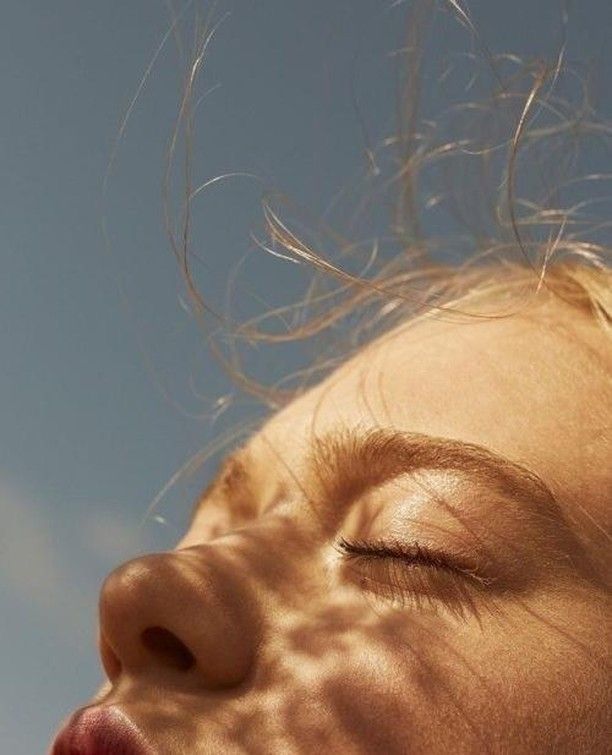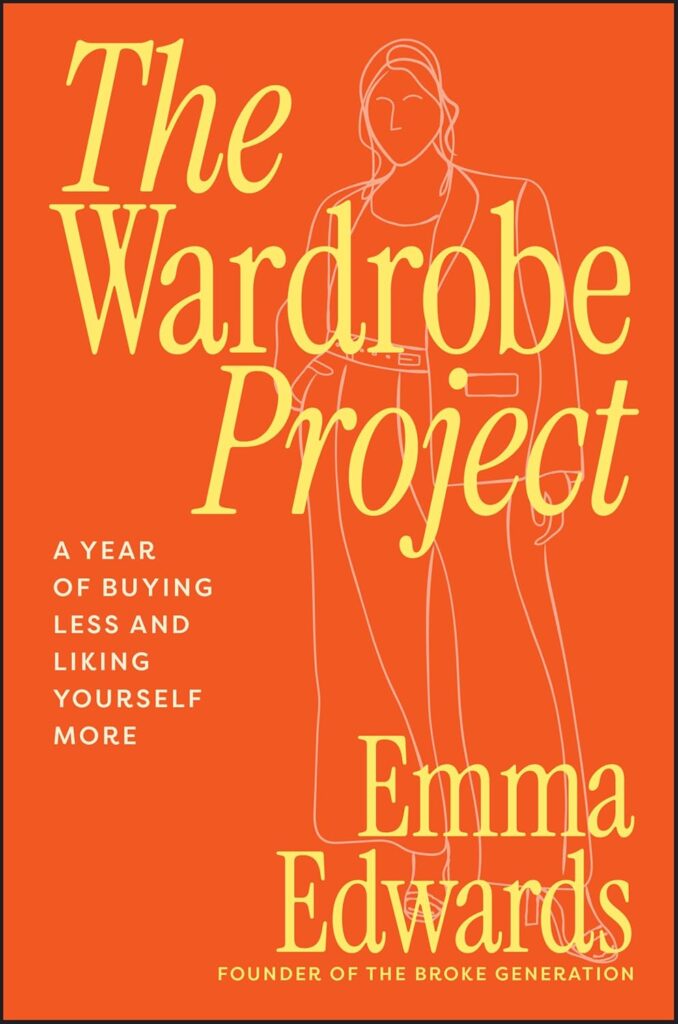Self-care has always been a mirror of its time. In the 2000s, it was spa rituals and indulgence. The 2010s brought “clean eating” and green juice culture. Then came the rise of skincare routines — 10 steps, 12 steps, acids and serums galore. Each era reflected what society thought was missing: time, health, or simply a glow.
But in 2025, a different shift is taking place. Beauty and wellness are no longer separate conversations. Instead, the two are colliding in a bigger movement that asks not just how we look, but how we feel — and how those two things are connected.
The Rise of Mind–Body Self-Care
Around the world, conversations about mental health have moved from the sidelines to the mainstream. Workplaces discuss burnout, wellness retreats promise “digital detoxes,” and fitness studios blend mindfulness into their classes. Beauty is naturally following suit. After all, feeling balanced and supported often shows up in how we carry ourselves, just as much as what’s in our makeup bag.
Clinics are now reflecting this more holistic view. Appointments no longer focus on surface changes alone but often integrate technologies and approaches that address wellbeing in different ways. Some treatments sit firmly in the medical space, others in the aesthetic space — but together they highlight how innovation is shaping both wellness and beauty.
Medical Technologies
In healthcare, there is growing interest in non-invasive technologies that can be used strictly in clinical contexts. One such development is EXOMIND™, a medical device included on the ARTG and available only for use by qualified healthcare professionals. It delivers repetitive transcranial magnetic stimulation (rTMS).
EXOMIND™ is not a consumer product and cannot be accessed outside supervised medical environments. Its presence in the healthcare landscape reflects how medical technology is evolving in parallel to the broader conversation on wellness.
Aesthetic Technologies
In a completely separate category, aesthetic technologies are reshaping non-invasive beauty treatments. These devices are designed for professional use in cosmetic clinic settings and are not therapeutic.
- EMSCULPT NEO® – a non-invasive device used by trained professionals in body contouring procedures.
- EMFACE® – a non-invasive facial treatment system combining synchronised radiofrequency with HIFES™ muscle stimulation, available only in clinic environments.
Unlike medical devices such as EXOMIND™, these technologies are positioned in the cosmetic field. Their purpose is to provide aesthetic treatment options under professional supervision.
The Bigger Picture
What’s striking is not the technology itself but what it represents: a shift away from one-dimensional beauty. Consumers and patients alike are seeking balance, consistency, and approaches that recognise the connection between different aspects of wellbeing.
For some, that might mean consulting a qualified health professional about medical technologies in supervised environments. For others, it could be non-invasive aesthetic treatments delivered by trained practitioners. What’s clear is that the lines between health, beauty, and wellness are increasingly part of the same conversation — even if the treatments themselves remain distinct.
Safe Self-Care in 2025
When thinking about wellness or aesthetics in 2025, it’s important to remember:
- Medical devices (such as rTMS systems) are regulated and available only in clinical settings.
- Aesthetic treatments are non-therapeutic and delivered in cosmetic clinics under professional care.
- Any decision to pursue a treatment — medical or cosmetic — should be made in consultation with a qualified professional.
- Wellness is a broad conversation, but treatments should always be guided by evidence, regulation, and safety.
Important Information
- Always read the label and follow the directions for use.
- These treatments are not available for purchase by the general public and are intended for use by qualified healthcare professionals only.
- Consult a healthcare professional to determine if these treatments are appropriate for your needs.
- Patient experience and results may vary.
Read more of our Beauty articles here.
This is a sponsored article.





